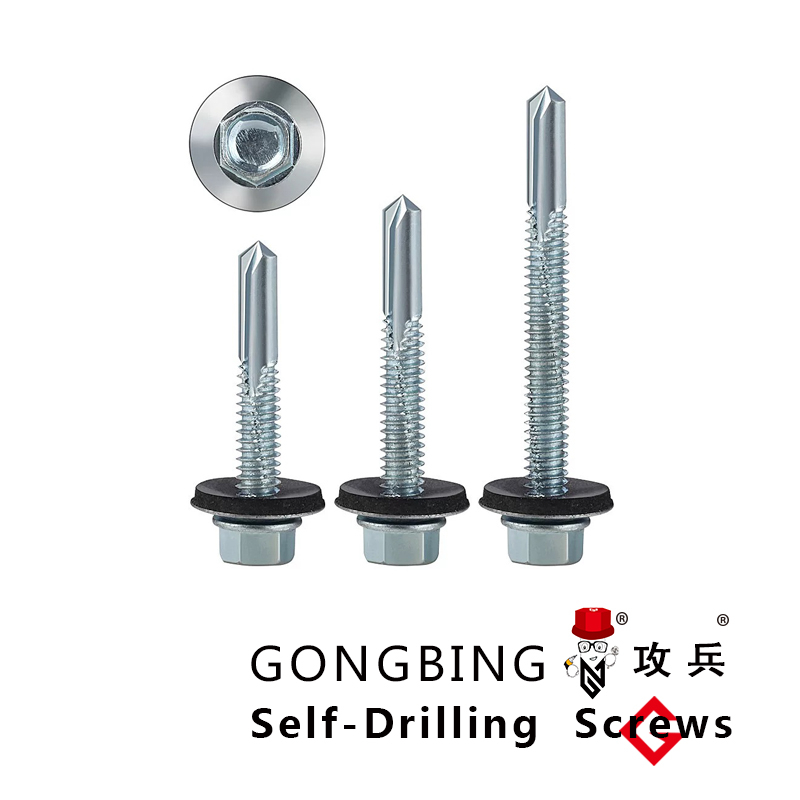m20 chemset anchors
Understanding M20 Chemset Anchors Strength, Versatility, and Applications
In the construction industry, the reliability and strength of fastening systems play crucial roles in ensuring structural integrity. Among the various anchoring solutions available, M20 Chemset Anchors have gained significant attention for their unique properties and remarkable performance in a multitude of applications. This article delves into the characteristics, installation techniques, advantages, and common uses of M20 Chemset Anchors.
What are M20 Chemset Anchors?
M20 Chemset Anchors are a type of chemical anchor that utilizes a combination of a steel bolt with a resin-based adhesive. Specifically designed for heavy-duty load-bearing applications, these anchors are suitable for installation in concrete, brick, and masonry substrates. The designation M20 refers to the metric diameter of the bolt, which is 20 millimeters. This size is optimal for offering substantial holding power while remaining manageable for installation processes.
Characteristics of M20 Chemset Anchors
One of the most significant advantages of M20 Chemset Anchors is their high load-bearing capacity. The anchors are engineered to withstand both tension and shear loads, making them suitable for applications where heavy weights are involved. Additionally, they provide excellent resistance to environmental factors such as moisture, chemicals, and temperature fluctuations. The resin used in these anchors ensures a strong bond with the substrate, allowing for the transfer of load over a broader area without inducing stress fractures.
M20 Chemset Anchors also feature a straightforward installation process that leverages the properties of the chemical adhesive. This process typically involves drilling a hole, cleaning the dust generated from drilling, injecting the resin into the hole, and then inserting the anchor bolt. Once the resin cures—often within a few hours—the anchor is ready to support substantial loads.
Installation Process
The installation of M20 Chemset Anchors requires careful attention to ensure optimal performance
. Here’s a step-by-step guide to the process1. Site Preparation Proper site preparation is essential. This includes assessing the substrate material and determining the required depth and hole size for the M20 anchor.
2. Drilling the Hole Using an appropriate drill bit, a hole is drilled into the substrate. The diameter should correspond to the specifications for the M20 Chemset Anchor.
m20 chemset anchors

3. Cleaning the Hole After drilling, any dust or debris must be removed. This can be accomplished using a brush or compressed air. Residue can significantly affect the bond strength of the resin.
4. Injecting the Resin The Chemset resin is injected into the hole. The quantity must be sufficient to create a proper bond with the anchor bolt.
5. Inserting the Anchor The M20 anchor bolt is then inserted into the resin-filled hole. Care must be taken to twist the bolt slightly, ensuring even distribution of the resin around it.
6. Curing Time It is imperative to allow the adhesive to cure fully before applying any load to the anchor. This can take several hours, depending on environmental conditions.
Advantages of M20 Chemset Anchors
The adoption of M20 Chemset Anchors brings forth several advantages, enhancing overall construction efficiency. Firstly, they offer superior load capacity compared to traditional mechanical anchors. Their resistance to corrosion and other environmental factors makes them suitable for outdoor and marine applications. Moreover, the ability to adjust the placement of anchors in existing structures without compromising stability is a vital trait valued by engineers and builders alike.
Common Applications
M20 Chemset Anchors are versatile and can be used in various settings. They are commonly employed in infrastructure projects where robust support is critical, such as bridge construction, highway barriers, and building facades. Additionally, they find usage in industrial applications, including machinery anchoring, racking systems, and storage solutions. Their ability to perform well in seismic and wind-prone areas further solidifies their position as a reliable choice for engineers.
Conclusion
M20 Chemset Anchors represent a significant advancement in anchoring technology, combining strength, durability, and ease of installation. Their widespread applicability across various industries makes them a preferred choice for professionals seeking robust fastening solutions. As construction projects continue to evolve and demand higher standards of safety and reliability, M20 Chemset Anchors will undoubtedly play an essential role in meeting these challenges head-on.
-
Weatherproof Plastic Expansion Anchors for OutdoorNewsJun.06,2025
-
Sustainability in the Supply Chain: Eco-Friendly TEK Screws ProductionNewsJun.06,2025
-
Load-Bearing Capacity of External Insulation FixingsNewsJun.06,2025
-
Double Head Bolts: Enhancing Efficiency in Industrial MachineryNewsJun.06,2025
-
Corrosion Resistance in Chipboard Screws: Coatings for Wholesale DurabilityNewsJun.06,2025
-
Butterfly Toggle Bolts : Enhancing Structural ResilienceNewsJun.06,2025
